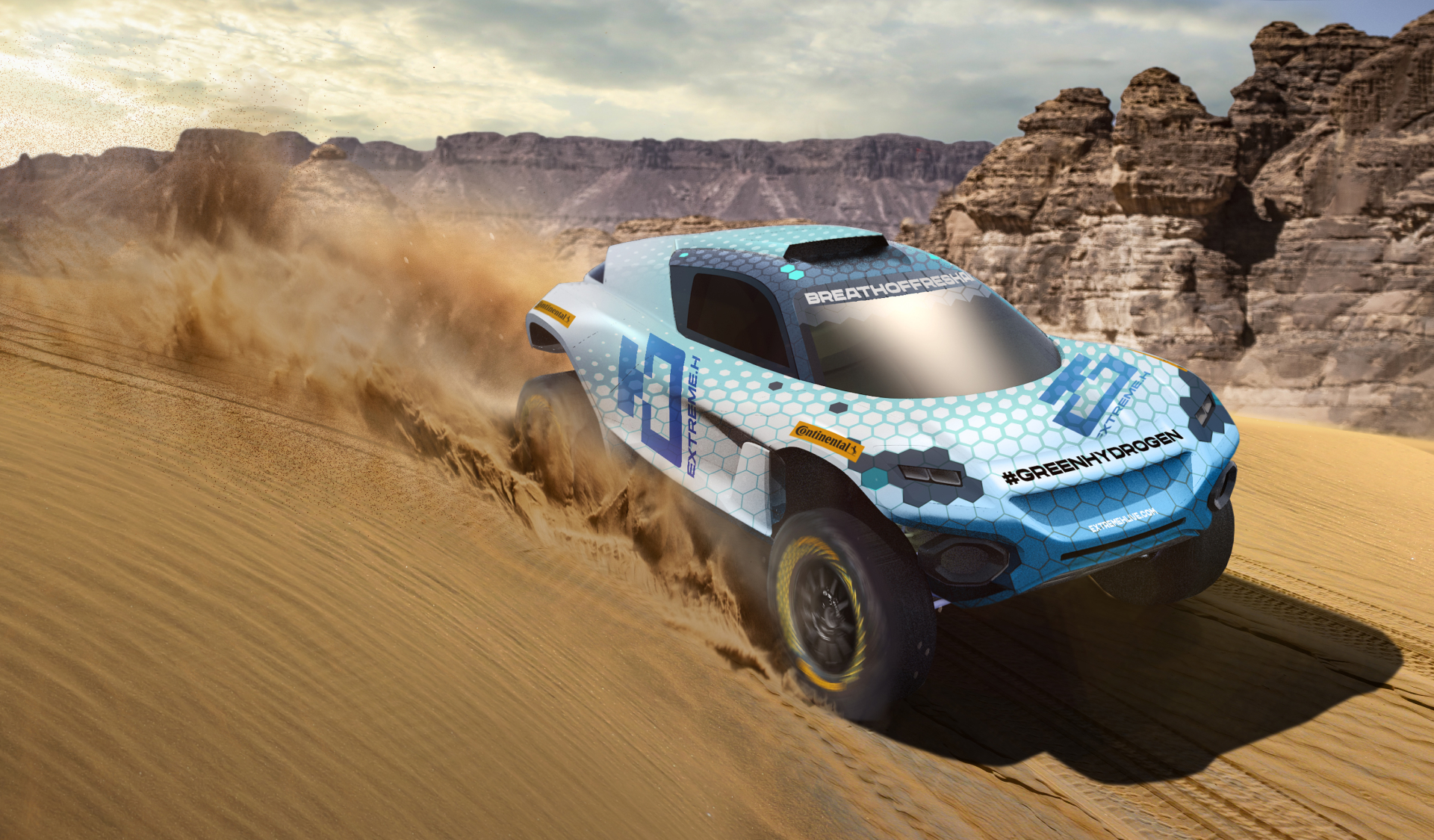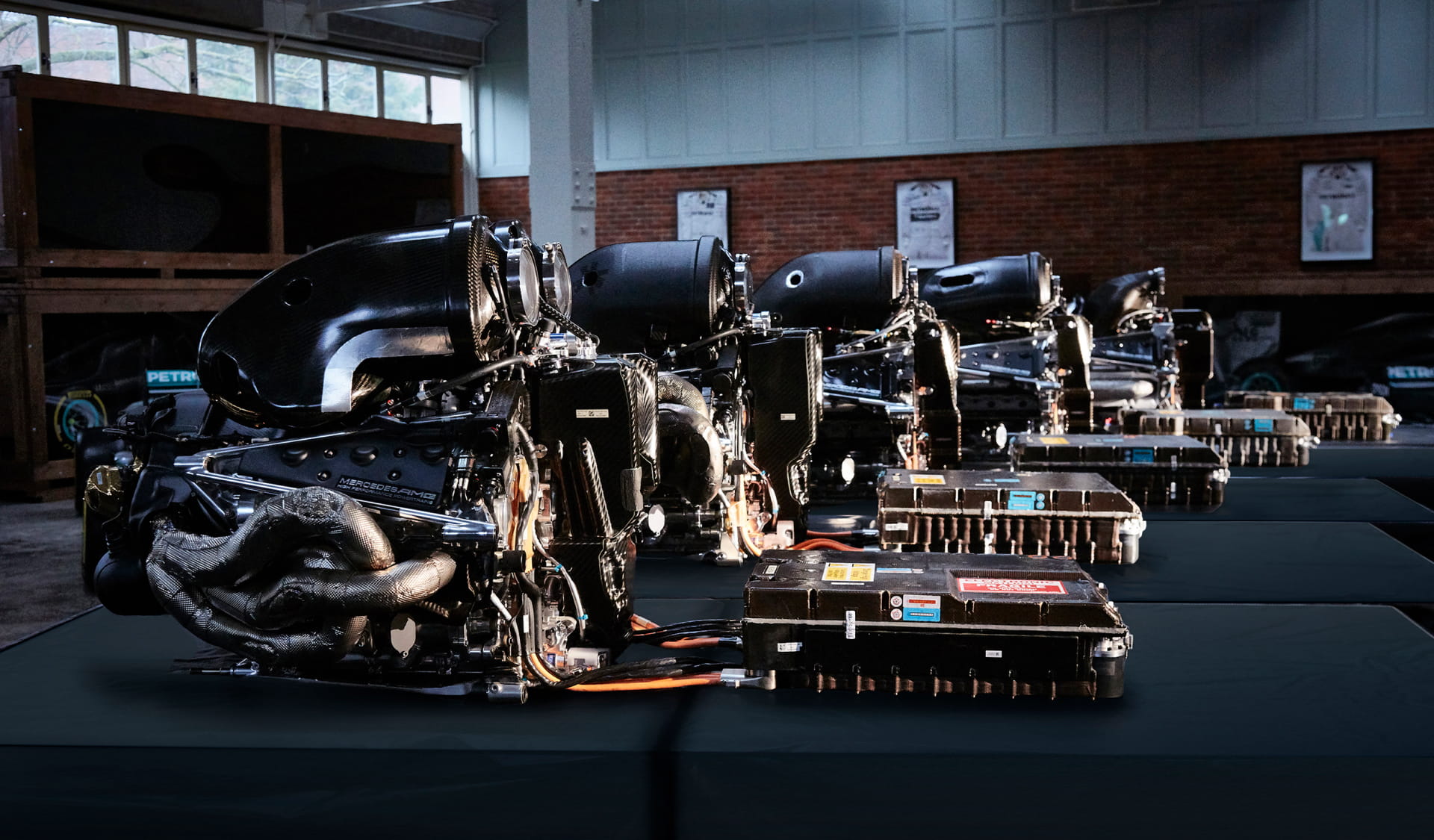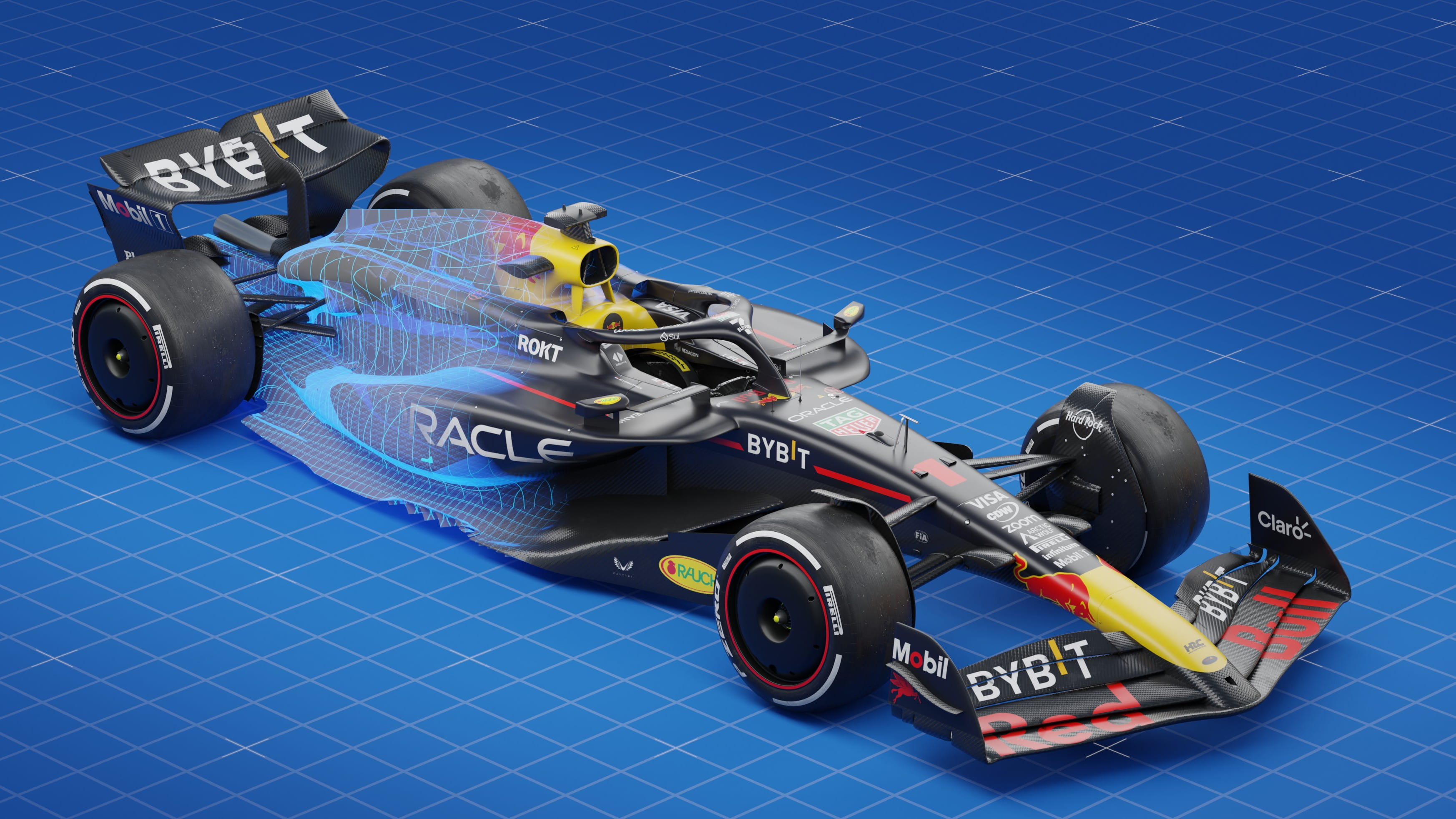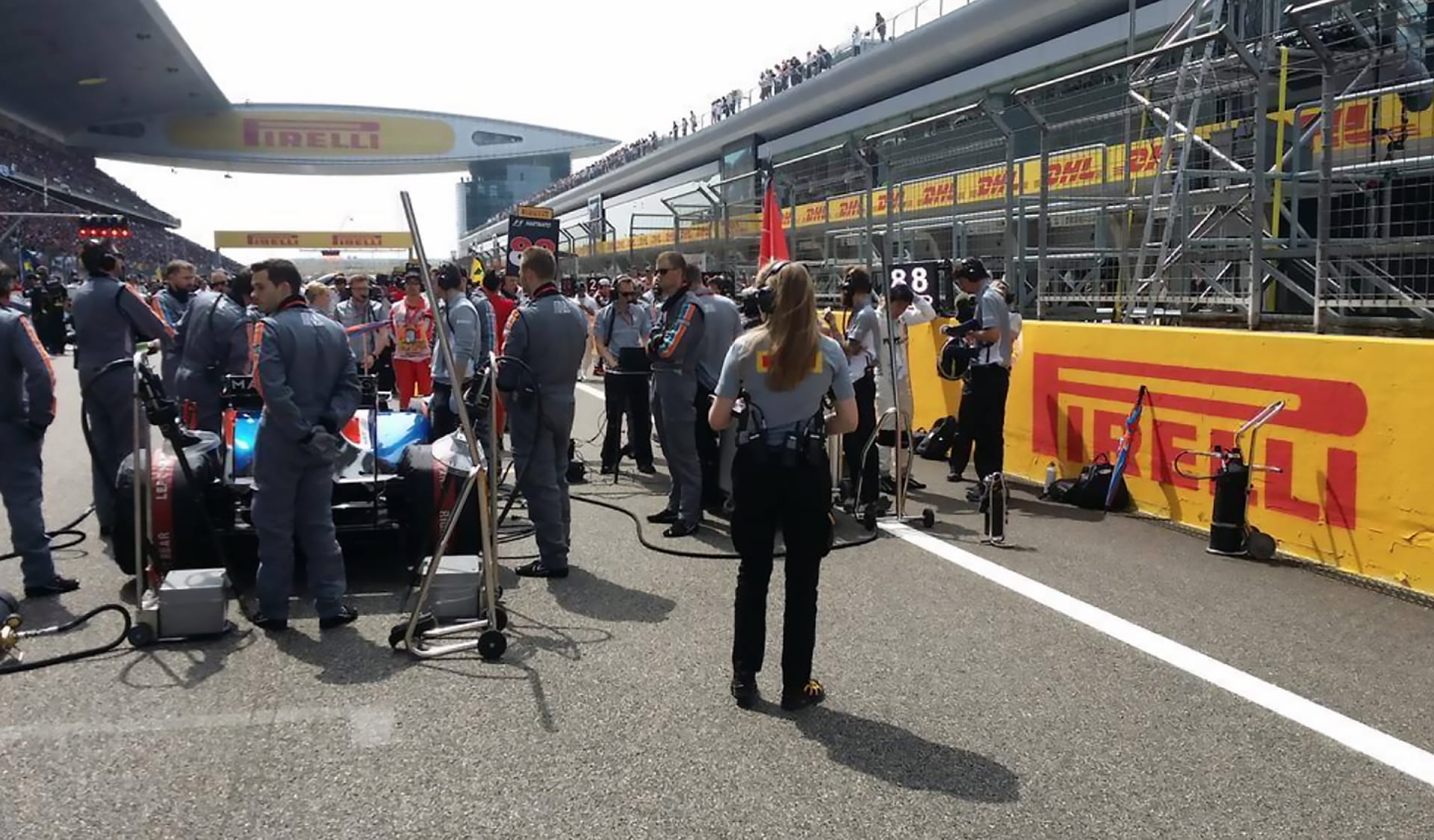Event
Dakar Rally – the iconic event with a focus on the future
by James Roberts
9min read
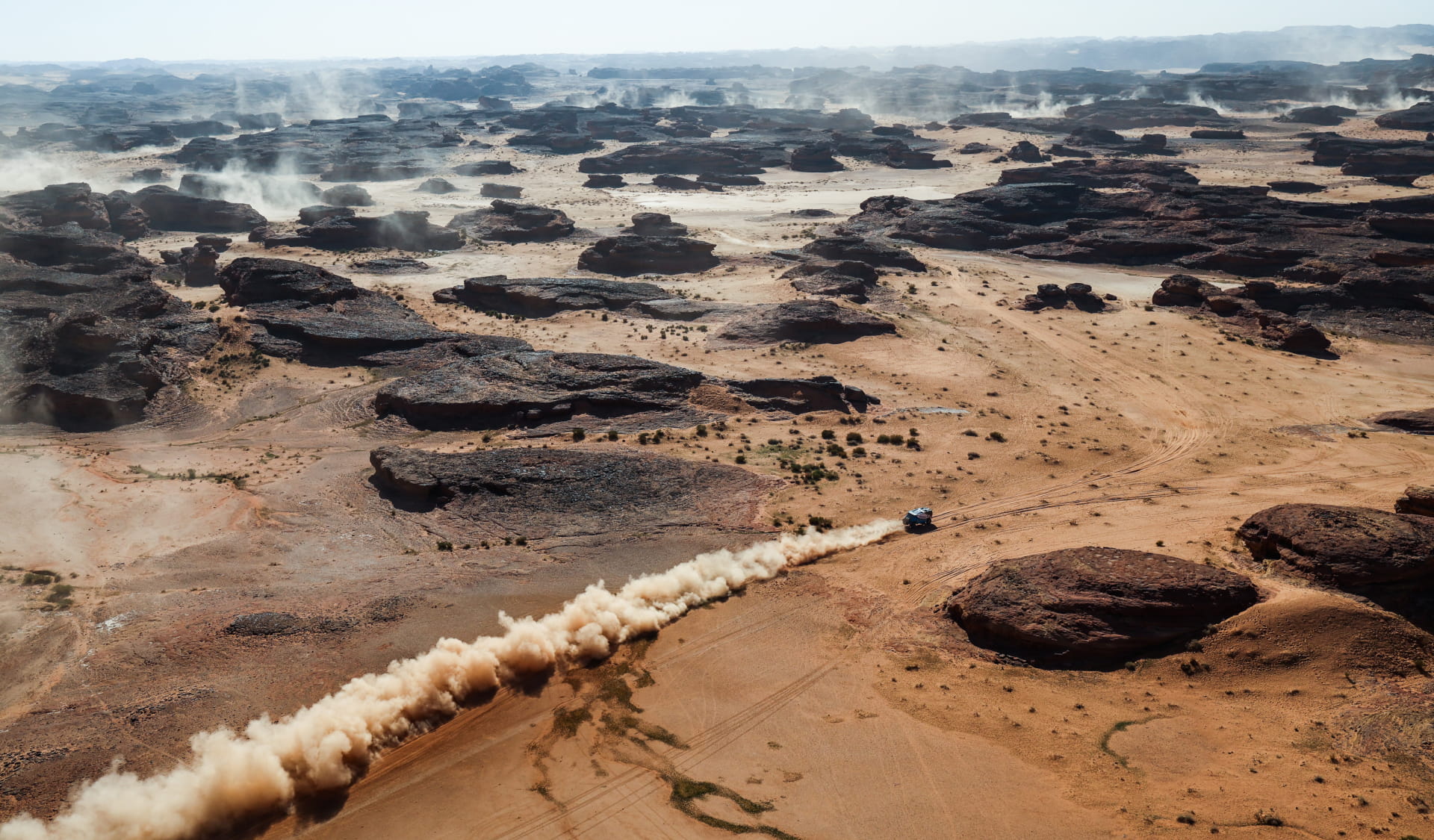
Spanning 7,891km, the Dakar Rally is regarded as one of the toughest motorsport events in the world. In January, a total of 778 competitors drove a variety of vehicles —motorbikes, quads, SSVs (side-by-side vehicles), cars and trucks — across the Kingdom of Saudi Arabia. But even some of the most experienced drivers failed to reach the finish line.
Of the 340 machines that started te 46th edition of the Dakar, only 239 made it to the Red Sea. The extreme conditions of the Dakar continue to place a premium on reliability. The tricky terrain of rocks and sand, in addition to variances in altitude and temperature, offers the perfect laboratory for OEMs (Original Equipment Manufacturers) and independent car makers to test their products. It’s one reason Ford and Dacia have committed from 2025 onwards.
The freedom in the event's technical regulations and the Dakar Rally's drive towards a sustainable future have further added to the appeal for manufacturers. With a vision to reduce carbon emissions, several teams opted to run on biofuels last year, which expanded to cars and trucks for this year’s event. In place is a longer-term ‘Dakar Future’ so that by 2030 all entrants across every class will run low-emission vehicles on synthetic fuels.
In addition, January’s two-week Rally Raid marathon also introduced a ‘Mission 1000’ stage which was launched specifically to showcase cutting-edge technologies. A special route was mapped for 10 vehicles (bikes, cars and trucks) that were either 100% electric, fully hydrogen-powered or utilised hybrid technology and points were awarded for different criteria, such as the use of drive modes and launch control.
One of the competitors in this special stage was the Racing For Eco E-Lions E2 machine – a hydrogen-powered E-Lions Rock. Dutch co-founder Coen Schluter owns a company that is building zero-emission solutions for inner cities and construction companies, and he wanted to prove to the world that it was possible to compete with zero emissions on the hardest rally of them all.
The fuel cell is carried on the back of the truck and the chemical reaction between hydrogen and oxygen makes water, but also produces power to charge the battery. With a range of around 500km and a recharge of between five and 10 minutes, Schluter’s entry is at the heart of Dakar’s Mission 1000 project.
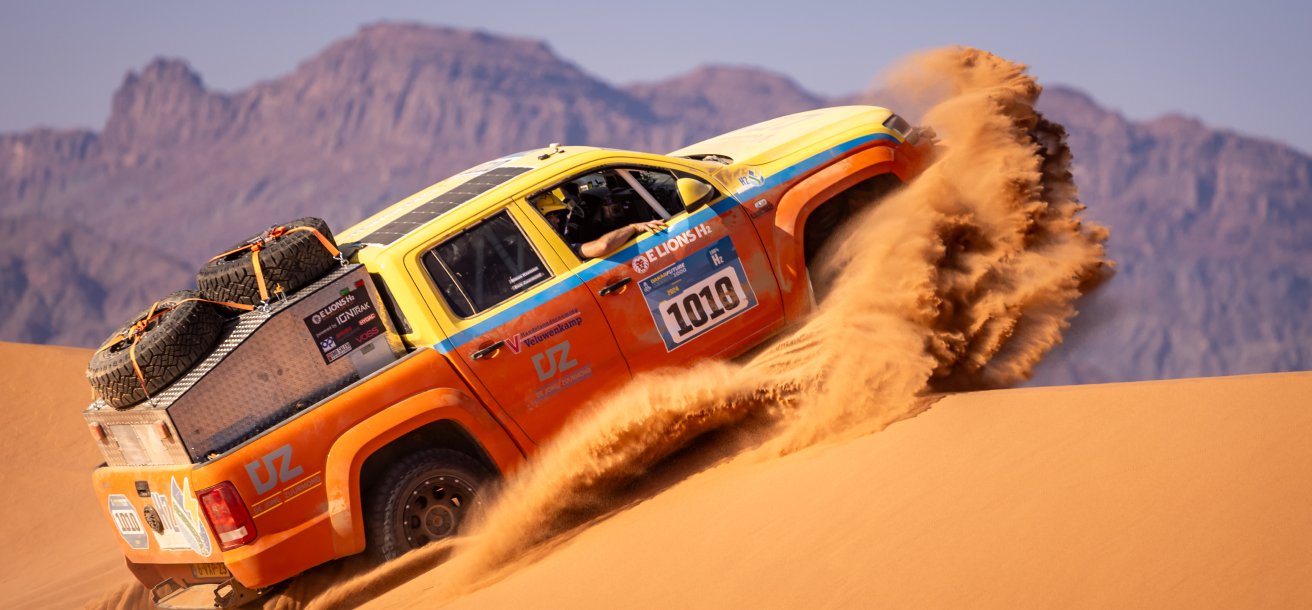
Dakar is a harsh proving ground for game-changing technology
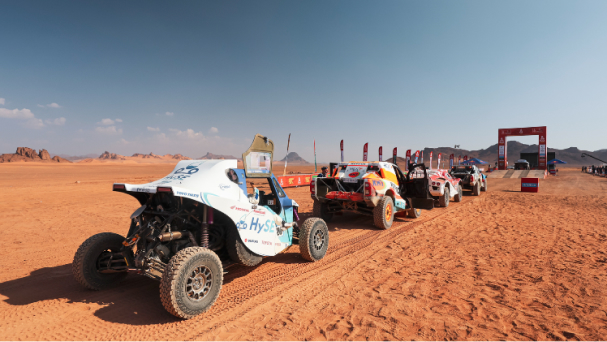
Dakar's Mission 1000 project includes Hydrogen-powered vehicles
When you see how many cars start the race, then at the end so few running… it shows how difficult it is,
Carlos Sainz Sr.
While not competing for overall honours, he too faced the same challenges as everyone else — surviving the dunes and the desert.
“When you see how many cars start the race, then at the end so few running… it shows how difficult it is,” said 2024 Dakar overall winner Carlos Sainz Sr., who is a four-time winner of this event.
“You need a certain amount of speed to stay in the fight and have no mechanical issues. You also need a bit of luck.” His Audi team-mate Stephane Peterhansel has won the famous event a record 14 times, on both bikes and cars, but says there is no single strategy to winning.
“On some occasions, I was flat out, every day, maximum attack. Other times I just managed the gap,” says the Frenchman. “It’s the most demanding off-road race in the world. The conditions, the dust, the sand — for 14 days. But what is addictive for me is the speed.”
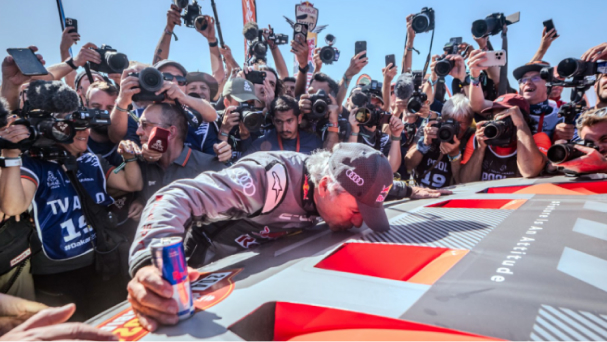
Carlos Sainz took victory in the Audi RS Q e-tron
The Empty Quarter is a region the size of France located in the south-east of the Arabian Peninsula. It contains nothing but sand. This wilderness formed a stage in which there was no service help for 48 hours. It was tents for all – and a military ration pack for supper. These conditions conspire to make Dakar one of the toughest tests in the sport.
“Coming into this race, I’d only done a few miles in the dunes, so I was quite daunted,” says Gareth Woolridge, a debutant with M-Sport. “There was one stage [during which] I felt sick as I got very disorientated. It was dark and I was in a wall of sand, like a bowl. I had to spiral my way out and I couldn’t see the top.”
There was one stage [during which] I felt sick as I got very disorientated. It was dark and I was in a wall of sand, like a bowl. I had to spiral my way out and I couldn’t see the top.
Gareth Woolridge
Even seasoned experts find the dunes a challenge. Too slow and you beach on the crest. Too fast and you jump nose first and roll. One competitor in the Dakar Classic flipped and fell deep into the sand. They were left upside down unable to open the doors. Not ideal if the next thing you smell is fuel…
After 48 hours in the dunes, it was back on the road. Dotted along the route are nine uncovered camps that house up to 3,000 people at a time.
Temporary structures contain a medical centre, media room, officials offices and a place to eat. Each day 9,000 meals are served up for the staff and competitors.
The bivouac is a mini city. Sanitation, electricity and a main road run through the middle. The lucky competitors sleep in motorhomes; the rest in tents.
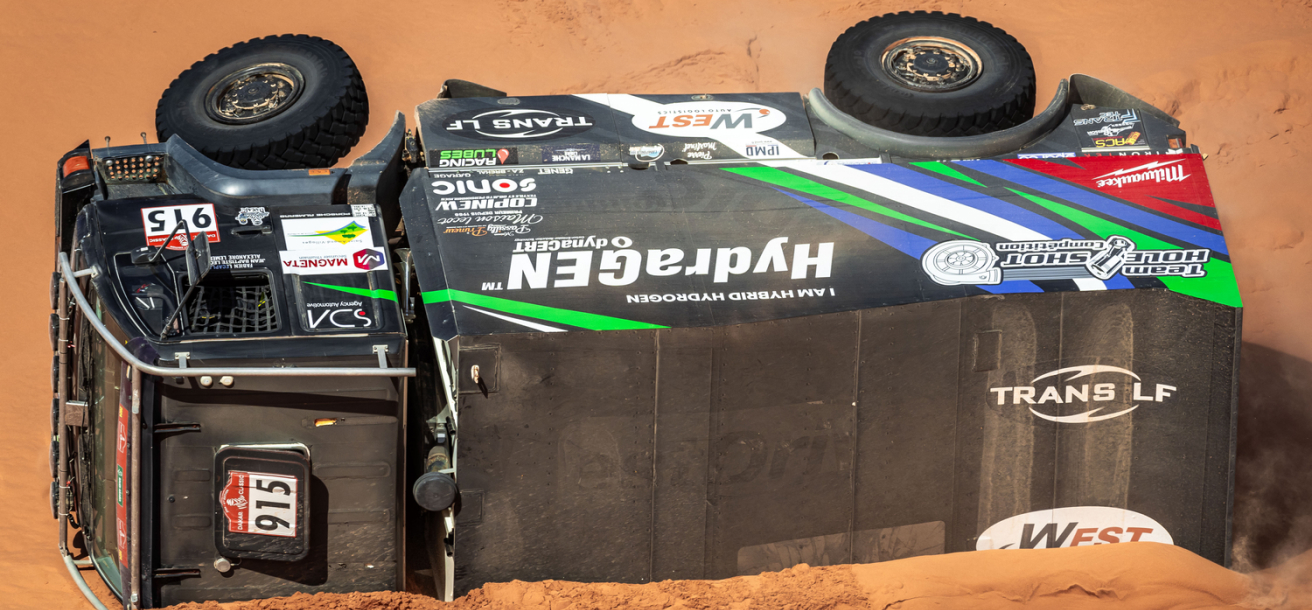
Even seasoned drivers can fall foul of the dunes
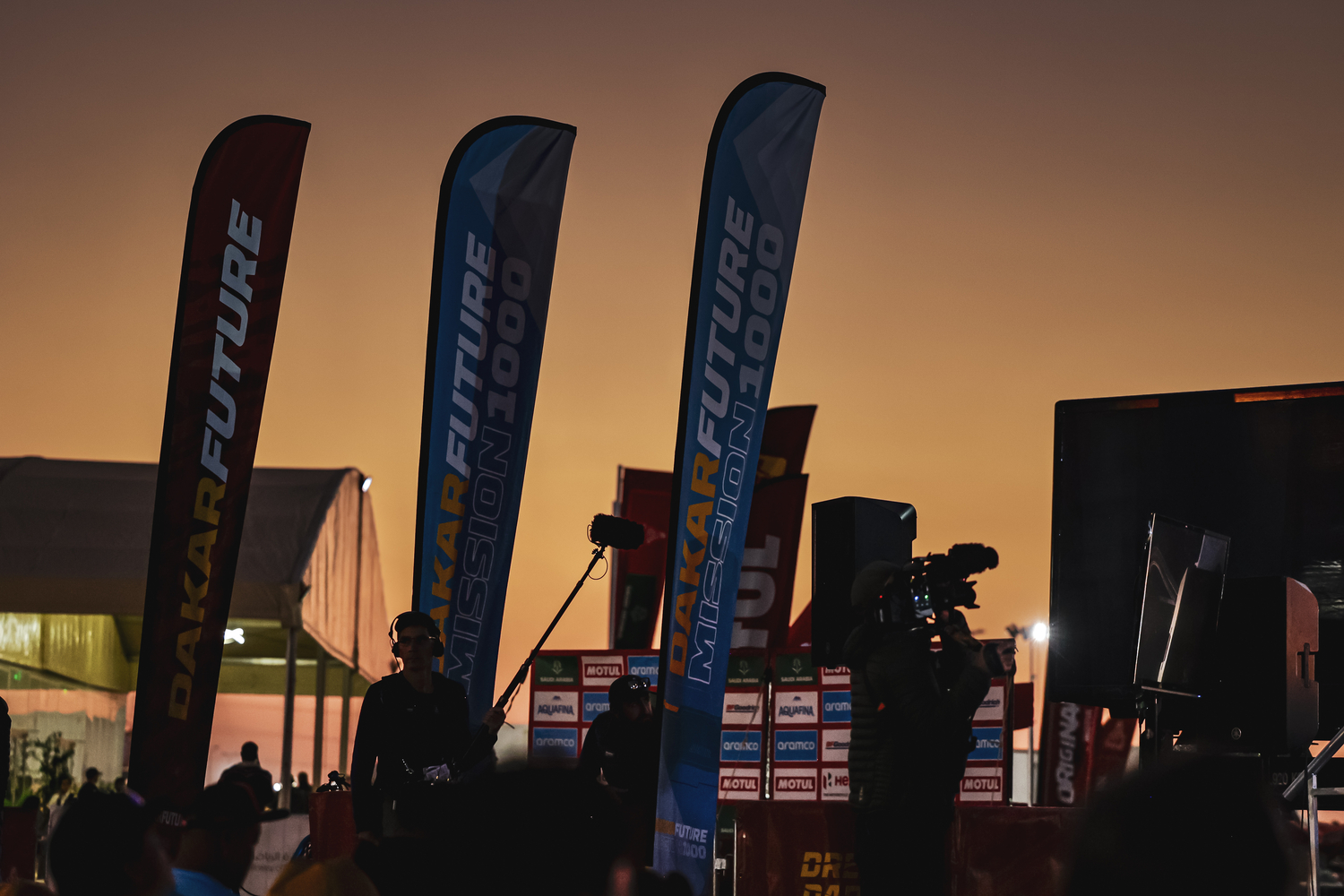
But within 24 hours the whole camp is dismantled, leaving nothing but dirt tracks in the sand. The motorbikes depart first, before sunrise, and then the rest of the entrants head out across the barren desert to contest the next stage.
Dakar organisers are working on reducing emissions from the bivouac with generators powered by bio-fuels, recycling of oil and tyres, e-bikes for mobility and changes in catering, which will all improve the carbon footprint of the event.
As the Dakar Rally heads towards its 50th anniversary, it continues to offer the ultimate test for rider, driver, navigator plus two- and four-wheel vehicles – from the past and the future.
